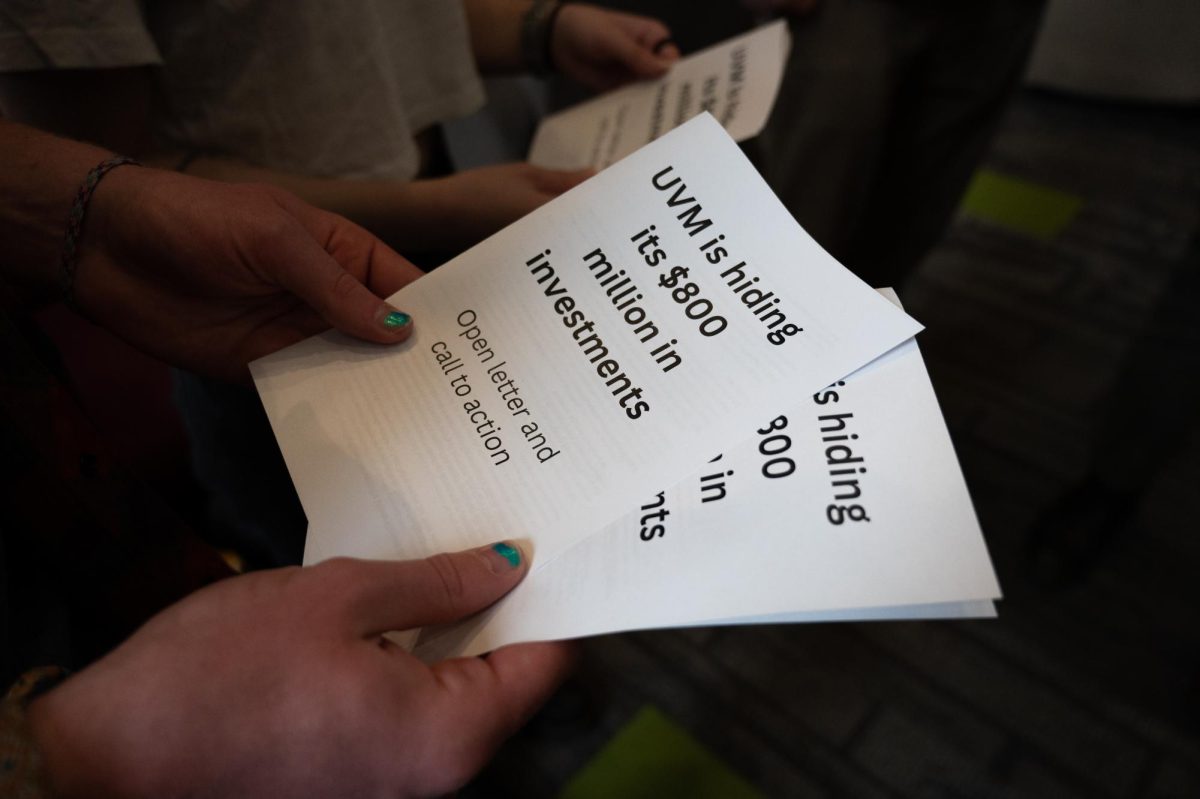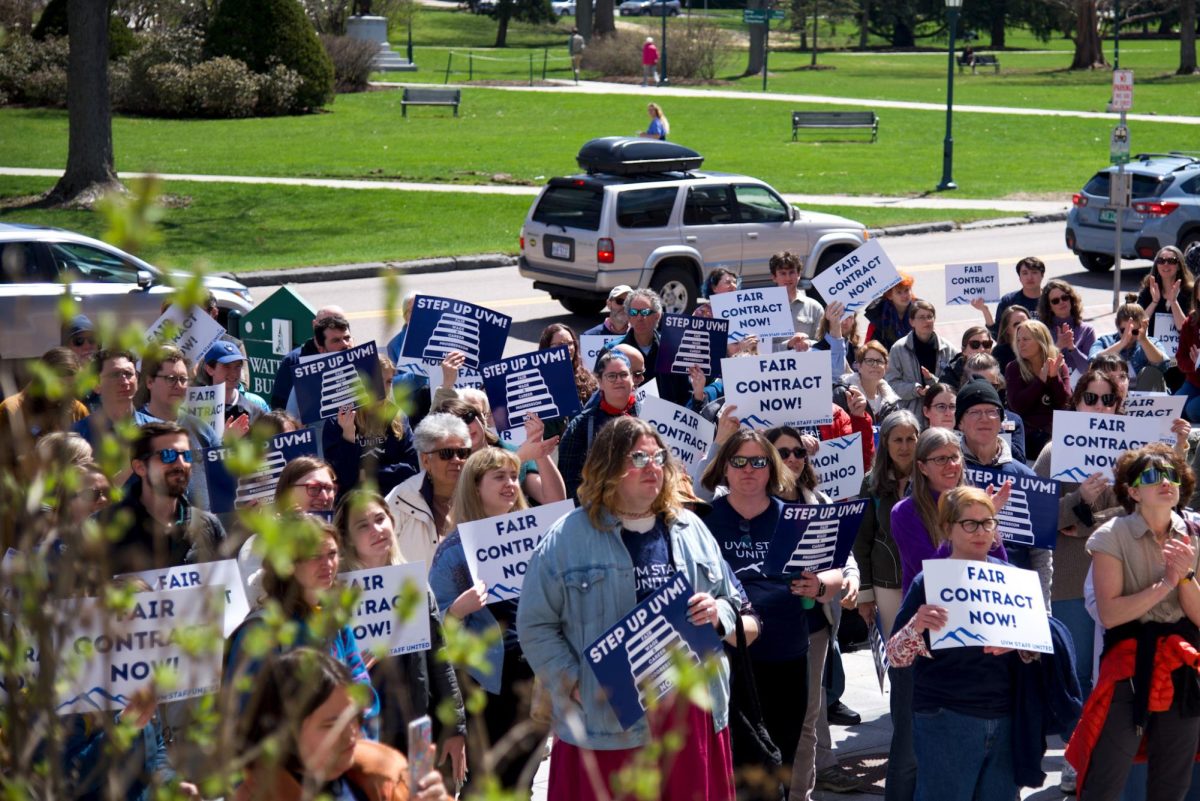The contemporary workplace exhibits the fruits of the gender equality movement. More women are involved in the professional arena than ever before, whether as college professors, scientists, lawyers or accountants. The medical field has seen some of the most dramatic reversals in gender discrepancies to where currently over 50 percent of med students are female, a statistic that would have seemed unbelievable to the pioneers of the women’s movement over a quarter-century ago. Journalism as a whole has also shown improvement, and women journalists such as White House Press Corp member Helen Thomas are highly respected for their effective coverage of poignant issues. Of the ten Columbia University sponsored Pulitzer Prizes awarded to individual journalists in 2005, four were given to women. Women are increasingly more prominent in many areas of journalism, and women have proven themselves to be aggressive and effective reporters in nearly every section of the paper. There is, however, one area where the gender discrepancy demonstrates levels of female representation equal to those of the pre women’s lib era- the opinion pages. The Washington Post counts one woman, Anne Applebaum, on it’s editorial page staff of nineteen. All of USA Today’s political columnists are men, and none of Time’s eleven columnists are women. The trade magazine Editor and Publisher reports that one in four syndicated columnists are women, yet this doesen’t seem to be apparent in the largest, most read papers. This issue has take on the fire of a full-fledged controversy, and the polarity of the argument- “men editors are sexist,” or “women are uninvolved,” practically beg for outside analysis. While this issue should be hard-hitting for the millions of Americans who read newspapers regularly, relatively little attention has been given to the gender gap outside of those directly involved in journalism. Readers expect to hear the opinions of men and hardly notice when only two out of every ten op-ed pieces they read are written by women.
Why are women underrepresented in the Editorial pages from the most widely read to the tiniest papers across the country? Card-carrying feminists are quick to blame the predominantly male editors as being too selective and failing to print more articles written by women, thus discounting their opinions. Katha Pollitt, an editor at The Nation, explains, “Ultimately, it’s the editors, not the slush pile or the volume of queries from freelancers, that determine what goes in a magazine.” While editors are, in fact, the decision makers for what to print, this view fails to account for the fact that women scarcely submit their opinions to public scrutiny; in most papers, male contributions account for over 70% of the submissions to op-ed pages as well as letters-to-the-editor. When the pool of submissions to choose from is weighted for men, how can op-ed editors be faulted at all? Amy Sullivan, an editor for The Washington Monthly, provides the most concise explanation in the title of her hotly-discussed article “Silent Femmes; It’s not really discrimination that keeps women off the op-ed pages. It’s women themselves.”
The question that journalists as well as bloggers have been heatedly debating is: Why don’t women write and submit op-ed pieces? The answer opens a veritable Pandora’s box about questions of the psychology and socialization of girls and women.
Girls are rewarded for being docile, quiet, unadventurous and alert to the feelings of others according to Pollett. Even in the earliest years of elementary education, girls are expected to remain seated and act as models for good behavior, and an instance where a young boy shouts the answer and is acknowledged by the teacher may be sharply contrasted when a girl is reprimanded for doing the same. Though the early 90’s marked concern for a general lack of classroom participation for girls in high-school classrooms, especially in math and sciences, a contemporary high-school classroom marks more-or-less equal rates of participation. One study acknowledges a decline in “opinion sharing” for females within the college classroom; women who raised their hands in class “often” in high school gradually decreased to actively participating at an “average” rate. Students at the University of Vermont are well aware of the teetering balance of gender equality in positions of relative authority on campus. While less than half of the senators of the Student Government Association are female, the entire executive staff- the president, vice-president, treasurer and secretary, are women. The pages of The Cynic, provide a microcosmic look at the gender divide commonly found in national newspapers; a majority of editors are male and op-ed submissions are from men, news and feature stories are shared equally by the genders.
The Cynic saw a female Editor-in-Chief with Kristen Dobbs in 2003, and a female Op-Ed Editor and talented columnist Ashley Lyons in 2003-2004. Also, the Student Life section has been headed by women for the past three years. Current Student Life editor Bree Lippencott says, “Sometimes I do feel like I have more to prove as a woman [on a staff of mostly men],” but acknowledges that she has actively attempted to change her communicative styles with positive effect: “I’ve had to adapt to that environment and become more aggressive than I am by nature, but this is definitely more of a plus in the end.” Of the difficulty with moving from managing editor to Editor-in-Chief, Dobbs explains, “As managing editor, I played “good cop” to the then Editor-in-Chief. When I took over, I had no one to play “bad cop” for me, and so I became a bitch for being tough, and a pushover if I wasn’t. I found that some of my male editors and writers would flat out ignore my requests and requirements.” Op-Ed Editor Matthew D. Silverman concurs that a vast majority of submissions from students are sent in by males, as are almost all of the submissions from those off-campus. “When women are printed in the op-ed section, it’s the same people; Hayley [Block], Kathleen [Brown] and Natalie [Powers] write the most, but they’re outspoken outside of The Cynic as well. It’s a shame they’re the exception and not the norm, because there are a lot of smart [women] students on campus that have things to say.”
Burlington provides excellent role models for women in the editor-in-chief chair. The Co-publisher and editors of the highly popular alternative weekly read Seven Days are Pamela Polston and Paula Routly, and work with four women out of eight editorial/administrative staff. The new monthly music rag, State of Mind Music Magazine, was founded and is edited by Beth Alessi, who writes extensively on the local music scene at livemusicbeth.com.
Though she witnesses an even greater imbalance- music critics seem to be men by default, she is hopeful: “I’m sure [the imbalance] is changing, however slowly. I think about my grandmother who made comments about how a woman couldn’t be president. Unbelievable, right?! I then look at my mother and her views on a woman’s role and they are much more progressive, as mine are compared to hers. I think as generations pass, we’ll all become more comfortable with women having strong opinions and making themselves heard.”
Since the campus is apparently where women’s voices start to fade, acknowledgement of the gender imbalance here at UVM is a first step. The monthly zine from the women’s center, Herizons, is a refreshing blend of socially conscious articles, music reviews and student poetry, and should be acknowledged as the most thorough alternative publication on campus- pick up a copy at the Bailey-Howe library or the Women’s Center every month.
Finally, women should consider this an open invitation to submit their opinions for public scrutiny on the pages of The Vermont Cynic. Whether you consider being published in a student publication practice for “real life” professional opining or a way of venting your frustration over the obvious yet seldom-acknowledged gender imbalance in your school paper, the only way your voice will be heard is if you speak it.












